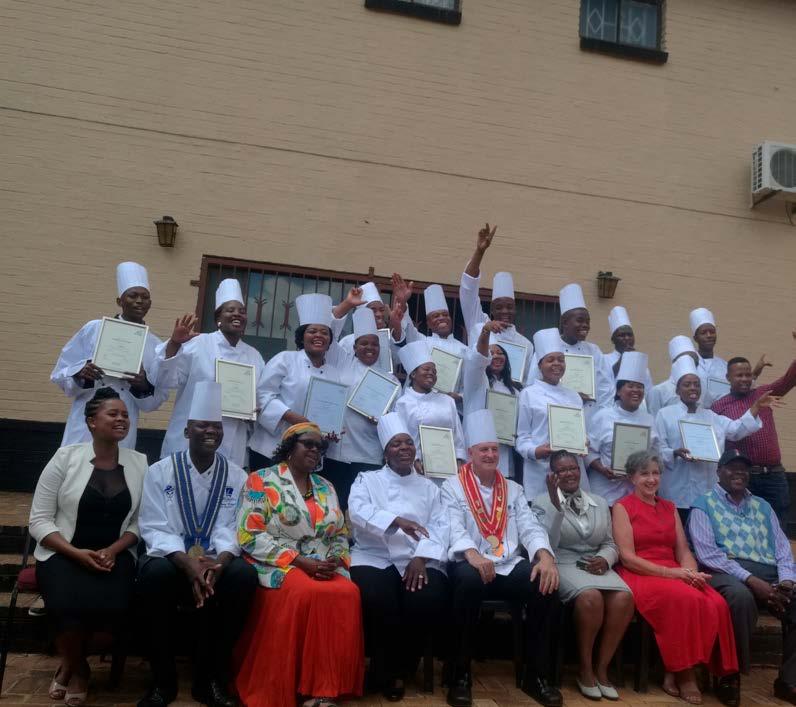: T C A P M I T H G CAPE DROFU E R U S S E R P E H T G EELIN EDITORIAL
WINEMAKERS r How will it affect ou
tavern trade?
S
outh Africa is the world’s seventh-largest wine producer, producing 3.9% of the world’s wine. But that could soon change. Our wine industry, which exports 440 million litres of wine a year and sells 400 million litres locally, has reached a challenging stage in the harvest season and is expecting to see the smallest harvest in more than a decade. This is due to the continuing drought and low water supplies in the Western Cape, coupled with white-frost and black-frost damage in the Breedekloof, Robertson and Worcester regions. After three years of below-average rainfall (425 mm, 452 mm and 397 mm annually against the usual average of 800 mm per year), the region is in a severe drought. Areas of grape production without water storage dams and/or access to other sources, such as boreholes and rivers, will have little or no crop at all. The 2018 harvest is expected to be much smaller than the estimated 1 434 328 tonnes of grapes produced in the 2017 crop, based on a survey conducted in late November 2017 by industry body, South African Wine Industry Information and Systems (Sawis).
30
www.spotongmag.co.za
“We are experiencing the biggest drought that I can remember. Luckily, last year we drilled a borehole, and we also have two dams on our property and another dam on our neighbour’s farm that we can irrigate from. Of the vineyards that we have, we suspect that the crop will be down by 10%– 15%. So far, the quality looks good as we are having very cool nights, so the colour of the reds will be good. At this stage, the crop looks to be two weeks later than last year,” says Mike Malherbe of Laibach Vineyards in Stellenbosch. But the general outlook for the countrywide industry is poor. Francois Viljoen, consultation service manager for wine industry organisation VinPro, says the declining trend predicted in the past two months can be attributed mainly to the warm and dry weather conditions experienced in early December. “Virtually no rain fell during this period and many hot days (above 35°C) were recorded. Together with a persistent south-easterly wind, this increased the water consumption of vineyards.” With drought conditions prevalent in the Western Cape for the third consecutive season, major dam levels are currently


























